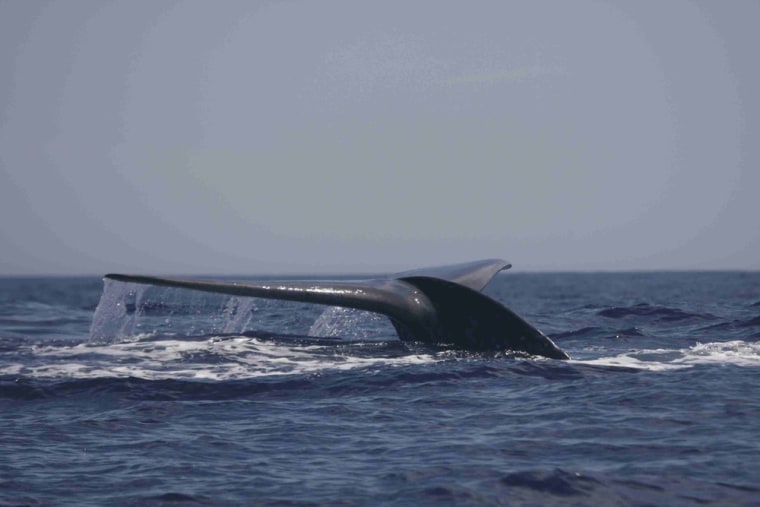Australian scientists are using military technology for locating submarines to track rare blue whales hundreds of kilometers away by eavesdropping on their distinctive songs.
Blue whales can communicate with each other over an entire ocean basin by emitting low frequency sounds, or deep songs.
Scientists from the Australian Antarctic Division started using directional sonobuoys this year to detect whale sounds — a big improvement on the standard visual method of monitoring whales.
"Ultimately we're trying to get an abundance estimate for blue whales. Over many years you start to build up re-site history for them and from that you estimate total population size," Australian Antarctic Division scientist Mike Double told Reuters.
Over a 20-day period earlier this year, scientists recorded 103 sightings of blue whales in an area of more than 10,000 sq km (3,861 square miles) by using the technology.
Double said despite growing up to 33 meters (108 feet) long, blue whales are very difficult to find and very little is known about them.
The Australian government says it hopes that improved monitoring of the world's largest animal in the icy Southern Ocean will help prevent its extinction.
The blue whale was nearly wiped out in the early 1900s when industrial whaling killed about 250,000 animals.
